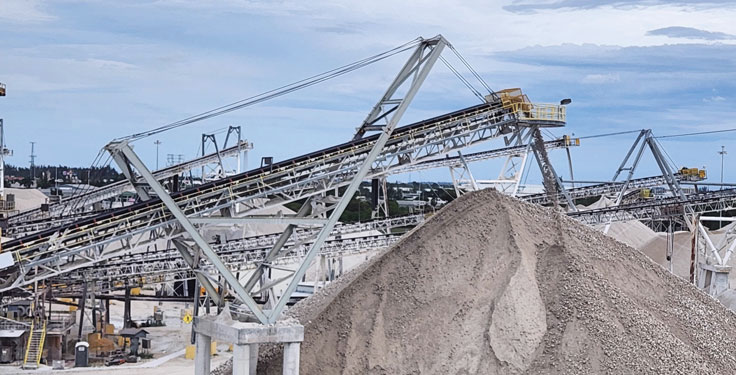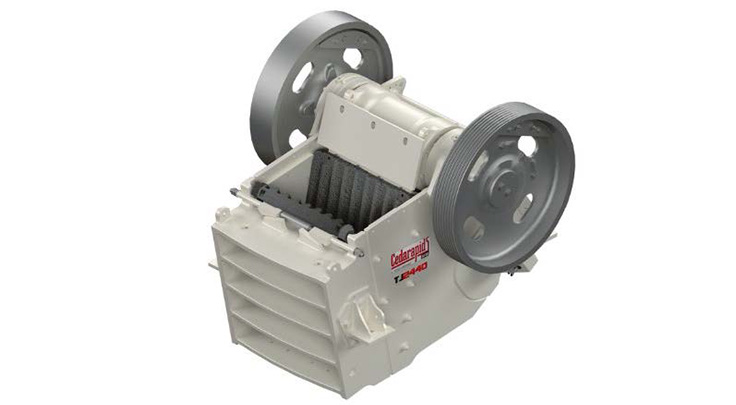
Is it fair to call 2023 a record-breaking year for aggregate producers?
Well, yes and no.
The trend this year with producers was that aggregate volumes were down. The U.S. Geological Survey’s quarterly production statistics support this notion. So do the quarterly financial reports the industry’s public producers publish. Producer sentiments this year say as much, too.
Still, producers took a different pathway to prosperity this year, effectively managing product pricing by driving it up further throughout 2023. Focusing on price led to record revenues and profits for some producers despite a dip in aggregate volumes.
Vulcan Materials Co., the nation’s largest aggregate producer, is among the companies whose year unfolded this way.
“We continue to execute at a high level and successfully navigate the twists and turns of the broader macro economy,” says Tom Hill, chairman and CEO at Vulcan, whose aggregate shipments dipped 2 percent in the third quarter. “Regardless of the macro environment, aggregates can be a price-cost winner in all parts of the cycle.”
Vulcan, for one, detailed that its freight-adjusted selling prices increased 15 percent in the third quarter. The third-quarter narrative was a similar one at Martin Marietta, whose aggregate shipments dipped 7.3 percent as aggregate pricing increased 20 percent.
“Our outstanding year-to-date results, despite reduced product shipments, underscore the durability of our business, the vitality of our chosen geographies, the efficacy of our value-over-volume market approach, as well as our ability to adapt to the challenges inherent in the current volatile macroeconomic and geopolitical environment,” says Ward Nye, chairman and CEO of Martin Marietta. “With robust, multiyear demand from infrastructure and U.S.-based manufacturing, coupled with an attractive commercial environment, Martin Marietta is well-positioned to deliver compelling results and superior shareholder value for the foreseeable future.”
Looking ahead, Martin Marietta expects shipments of aggregates to be relatively flat in 2024. The company also anticipates low-double-digit pricing growth in aggregates next year, as carryover effects from 2023, combined with 2024 price increases, will offset continued inflationary pressure from the recent acceleration in energy-related costs.
The lower shipment-higher pricing narrative applies to the industry’s private producers, as well. John Scepaniak, director of operations at Minnesota-based Wm. D. Scepaniak, experienced as much in 2023.
“The last couple years people have talked about price increases,” Scepaniak says. “We have been able to work with some of our customers on that. The dip in overall volume demand has been replaced by increased sales prices of our products.”











